During the World War II years, the Gibson Company shifted its production away from guitars to radar assembly parts, glider skids, and machine gun rods (instead of truss rods). As many of the craftsmen went to war, they were quietly replaced by a corps of female luthiers.
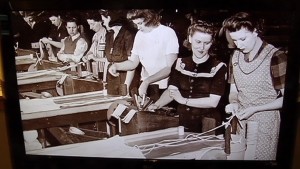
These women produced thousands of the classic “Banner” guitars that today are a coveted collector`s item because of the “Only a Gibson is Good Enough” inscription on the headstock.
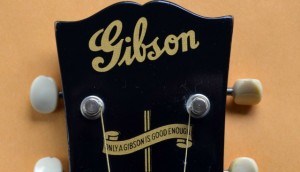
The unsung story of these skilled luthiers is chronicled in the recently published book “Kalamazoo Gals” by journalist/law professor/musician/guitar geek John Thomas who interviewed the surviving craftswomen.
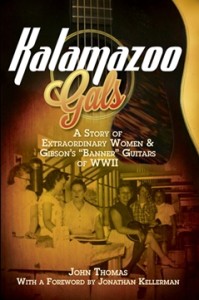
A company staff photo from 1944 shows the Gibson female workforce in front of the factory at 225 Parsons St. in Kalamazoo, MI.
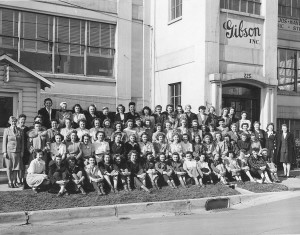
Although very few Gibson banjos were made during WW II, these rare instruments were invariably from the Mastertone model line as carefully documented on the <earnestbanjo.com/gibson_banjos_by_year.htm> webpage. Because of a wartime shortage of wood and metal materials, some of these `floor sweep` banjos were unstandardized in design.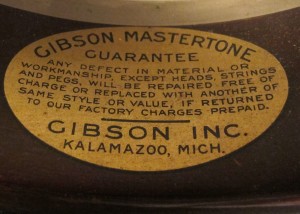
Pre and post War Gibson Mastertones routinely bear the iconic Kalamazoo decal on the inner rim of the instrument as shown inside the pot of the BRC founder`s 1928 Mastertone 5-stringer that sports a 1950`s bow tie inlay conversion neck.
A tale now told at long last, the almost forgotten saga of the Kalamazoo Gals is another version of the heroic “Rosie the Riveter” home front story. Well done, ladies.

No Comments